+86-15889090408
[email protected]
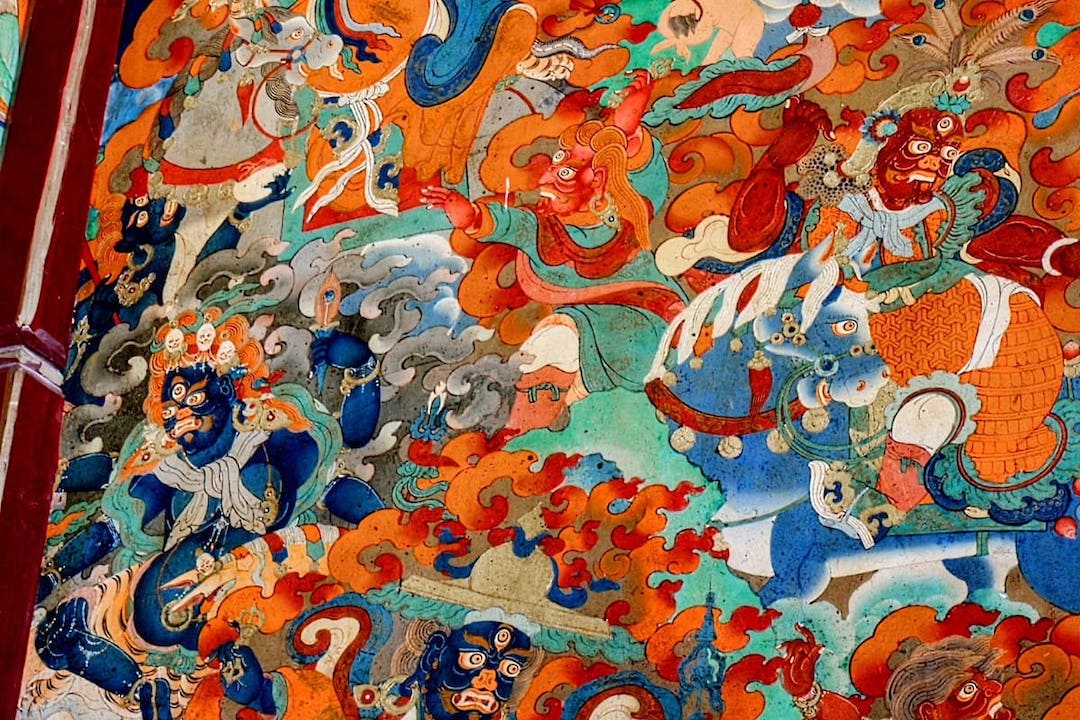

Tibet holds significant spiritual importance for many people around the world. The region is renowned for its rich spiritual traditions and practices, deeply rooted in Tibetan Buddhism. Tibet is home to numerous monasteries, temples, and sacred sites that attract pilgrims and spiritual seekers from all walks of life.
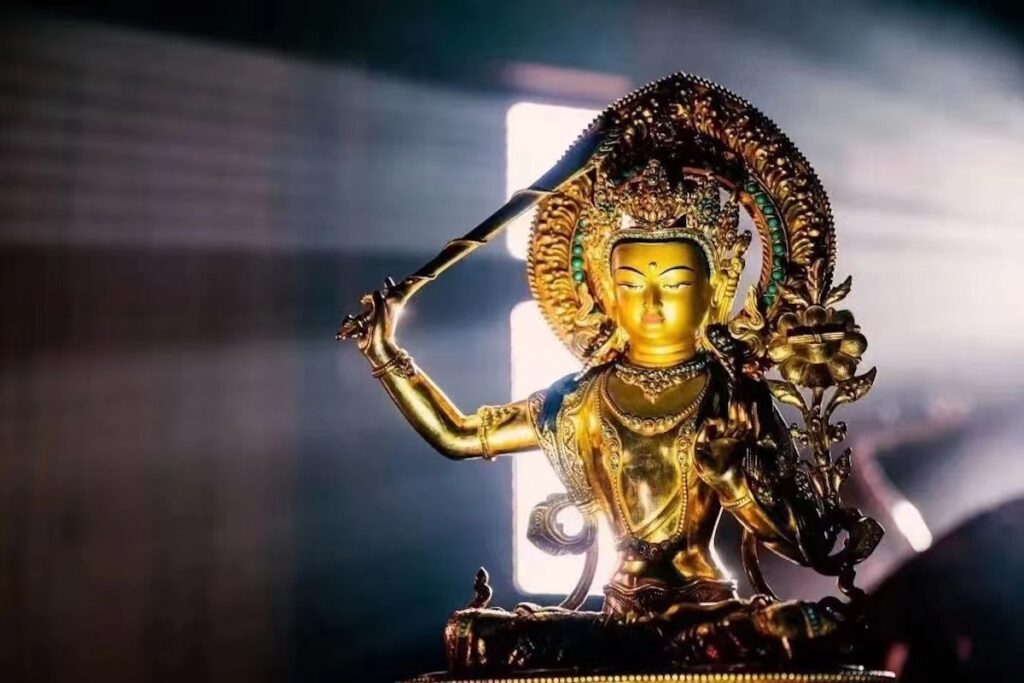

Tibetan Buddhism, with its unique blend of Indian Buddhism, Bon, and indigenous Tibetan beliefs, has shaped the spiritual landscape of the region. Monasteries such as the iconic Potala Palace in Lhasa and the Jokhang Temple are not only architectural marvels but also serve as important centers for religious practice and study.
The spiritual significance of Tibet extends beyond its religious institutions. The stunning natural landscapes of the Tibetan Plateau, with its snow-capped mountains, pristine lakes, and vast grasslands, are considered sacred by many Tibetans. These natural sites are believed to be the abode of deities and offer a profound sense of peace and tranquility to those who visit them.
Furthermore, Tibet has been the birthplace of many revered spiritual leaders, including the Dalai Lama. The teachings and guidance of these enlightened beings have had a profound impact on Tibetan Buddhism and continue to inspire countless individuals worldwide.
Overall, Tibet’s spiritual significance lies in its ability to provide a sanctuary for spiritual reflection, connection with nature, and access to ancient wisdom. Whether one seeks personal enlightenment, cultural immersion, or simply a deeper understanding of oneself and the world, Tibet offers a unique and profound spiritual experience.
Tibetan Buddhism is the primary religion practiced in Tibet and holds a significant influence on the culture and daily lives of its people. It is a unique form of Buddhism that incorporates elements of the Bon religion, as well as local beliefs and practices. Tibetan Buddhism places a strong emphasis on meditation, spiritual development, and the pursuit of enlightenment.
One of the most well-known figures in Tibetan Buddhism is the Dalai Lama. The Dalai Lama is believed to be the reincarnation of a line of spiritual leaders of Tibet. The Dalai Lama is highly respected and revered by Tibetan Buddhists and has played a crucial role in advocating for peace, and compassion.
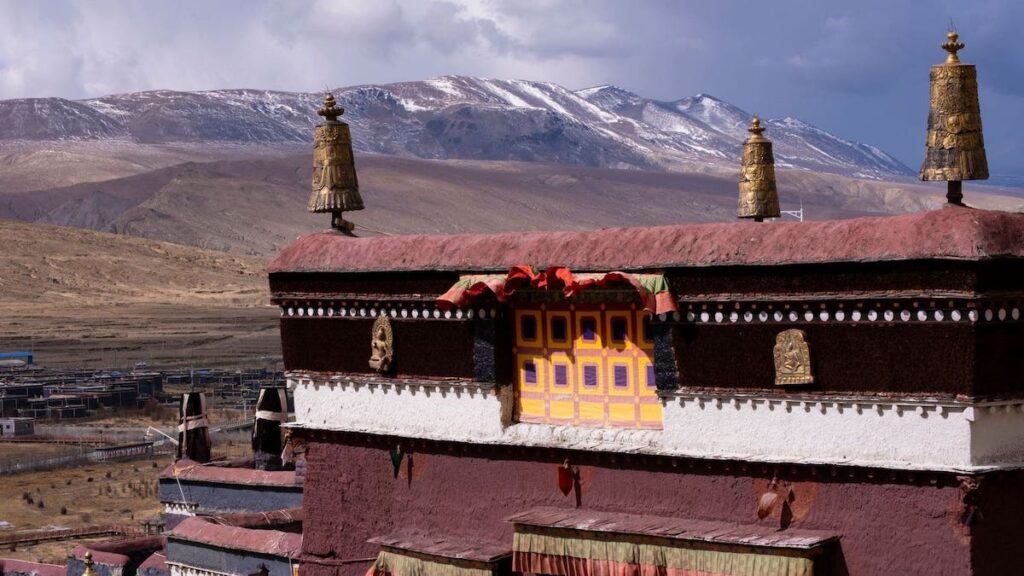

Another important figure in Tibetan Buddhism is the Panchen Lama. Similar to the Dalai Lama, the Panchen Lama is also believed to be the reincarnation of a spiritual leader. The Panchen Lama holds a significant position within Tibetan Buddhism and plays a vital role in upholding the teachings and traditions of the religion.
Tibetan Buddhism is characterized by its distinctive rituals, colorful ceremonies, and sacred art. Monasteries and temples are central to the practice of Tibetan Buddhism, serving as places of worship, study, and community gathering. These sacred spaces are adorned with intricate murals, statues, and prayer wheels, reflecting the rich artistic heritage of Tibetan Buddhism.
Overall, Tibetan Buddhism is a deeply spiritual and complex religion that has shaped the lives of Tibetans for centuries. Its teachings on compassion, mindfulness, and the pursuit of enlightenment continue to inspire and guide its followers today.
Tibetan monasteries are not only places of worship but also serve as centers for spiritual learning and practice. They are important institutions in Tibetan Buddhism, providing a space for monks and nuns to study scriptures, meditate, and engage in religious rituals.
One of the most famous monasteries in Tibet is the Potala Palace, located in Lhasa. This magnificent structure is a UNESCO World Heritage site and was once the winter residence of the Dalai Lama. The Potala Palace showcases exquisite Tibetan architecture, with its towering white walls, golden roofs, and intricate murals.
Another significant monastery is the Tashilhunpo Monastery in Shigatse. It is the seat of the Panchen Lama, the second-highest spiritual leader in Tibetan Buddhism. Tashilhunpo Monastery is known for its grandeur and houses various religious artifacts and scriptures. Its golden-roofed Maitreya Chapel is particularly famous, housing a gigantic statue of the future Buddha.
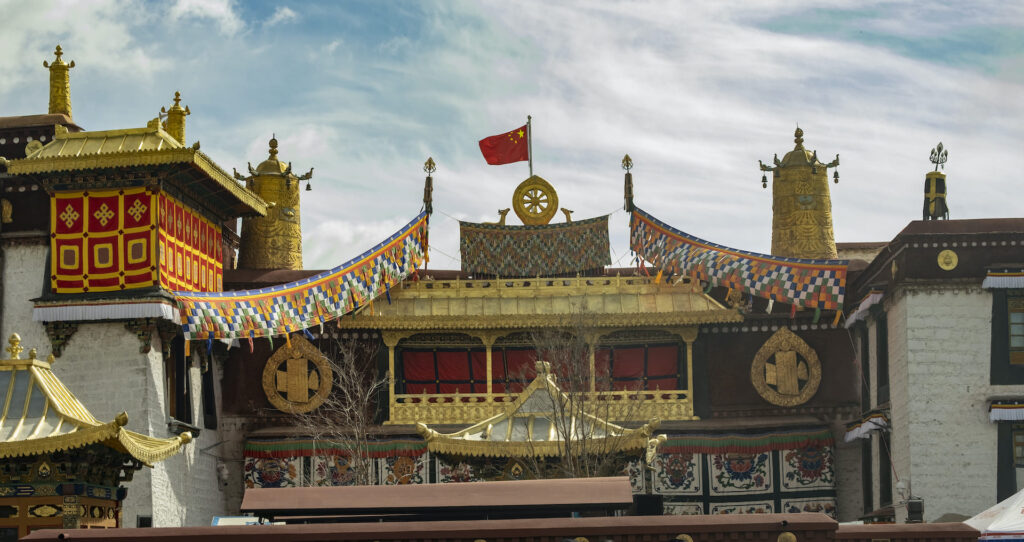

The Jokhang Temple in Lhasa is considered one of the most sacred sites in Tibetan Buddhism. It is an important pilgrimage destination for Buddhists from all over the world. The temple’s architecture blends Tibetan, Indian, and Nepalese influences, and it is believed to house the most sacred statue in Tibetan Buddhism – the Jowo Rinpoche statue of Buddha Shakyamuni.
Rituals play a significant role in Tibetan monasteries. Monks and nuns participate in daily prayers, chanting mantras, and performing intricate rituals. These rituals are believed to generate positive energy and blessings for both the individuals involved and the wider community. Visitors to Tibetan monasteries can witness these rituals and gain a deeper understanding of Tibetan Buddhist practices.
The significance of Tibetan monasteries extends beyond their religious importance. They also represent cultural heritage and are a symbol of Tibet’s unique identity. They are repositories of ancient knowledge, containing centuries-old scriptures, paintings, and artifacts. Exploring Tibetan monasteries allows visitors to immerse themselves in the rich history and spirituality of Tibet, providing a profound and enlightening experience.
Tibet is known for its rich spiritual traditions and breathtaking landscapes, making it a popular destination for pilgrims from around the world. Among the most important pilgrimage sites in Tibet are Mount Kailash and Lake Manasarovar.
Mount Kailash, located in the western part of Tibet, is considered sacred by four major religions: Hinduism, Buddhism, Jainism, and Bon. The mountain is believed to be the abode of Lord Shiva in Hinduism and is revered as a place of enlightenment and spiritual purification.
Every year, thousands of pilgrims embark on the grueling trek around Mount Kailash, known as the Kora, which is considered a sacred ritual. The Kora is believed to cleanse sins and bring blessings to those who complete it.
Lake Manasarovar, situated near Mount Kailash, is another important pilgrimage site in Tibet. It is one of the highest freshwater lakes in the world and is associated with various spiritual and religious beliefs. Hindus consider it to be the abode of Lord Brahma, while Buddhists believe it to be a place of enlightenment. Pilgrims often bathe in the icy waters of Lake Manasarovar, believing it to cleanse their sins and purify their souls.
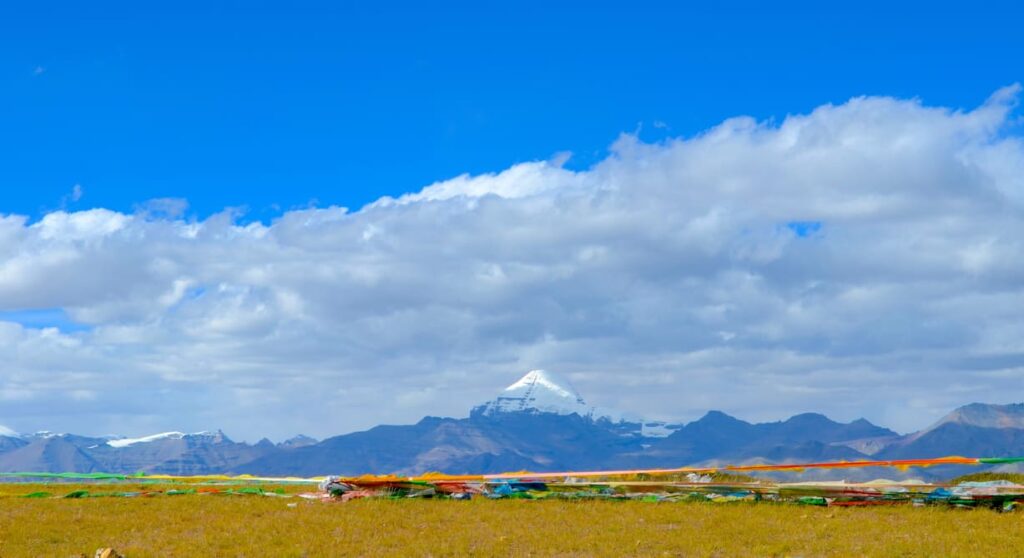

These pilgrimage sites hold immense spiritual significance for believers, and pilgrims often undertake long and arduous journeys to reach them. The rituals associated with these sites involve prostrating, chanting mantras, offering prayers, and circumambulating the sacred places. Pilgrims often carry prayer flags and recite prayers as they walk, creating an atmosphere of devotion and tranquility.
The pilgrimage experience in Tibet is not just a physical journey but also a deeply spiritual one. It allows pilgrims to connect with their faith, find inner peace, and seek blessings and enlightenment. The stunning natural beauty of these sites adds to the sense of awe and reverence experienced by pilgrims.
Visiting Mount Kailash and Lake Manasarovar is an extraordinary opportunity to immerse oneself in the rich spiritual traditions of Tibet and witness the devotion of pilgrims from different cultures and religions. It is a chance to be inspired by the spiritual significance of these sites and to gain a deeper understanding of the diverse beliefs that unite people on their quest for enlightenment.
Tibetan festivals and rituals play a significant role in the cultural and spiritual life of the Tibetan people. One of the most important festivals is Losar, also known as Tibetan New Year. Celebrated in late January or February, Losar marks the beginning of the Tibetan lunar calendar.
During this time, families gather to perform rituals, make offerings, and participate in various religious ceremonies. The festival is characterized by vibrant decorations, traditional dances and music, and the exchange of gifts. Losar is a time for reflection, renewal, and the strengthening of community bonds.
Another significant festival in Tibetan culture is Saga Dawa. This month-long celebration takes place in May or June and commemorates the birth, enlightenment, and death of Lord Buddha. It is believed that any positive actions performed during this time are multiplied many times over. Pilgrimages to sacred sites, such as Mount Kailash, are undertaken, and rituals involving prayer flags, butter lamps, and sacred dances are performed. The festival highlights the importance of compassion, mindfulness, and self-reflection in Tibetan spirituality.
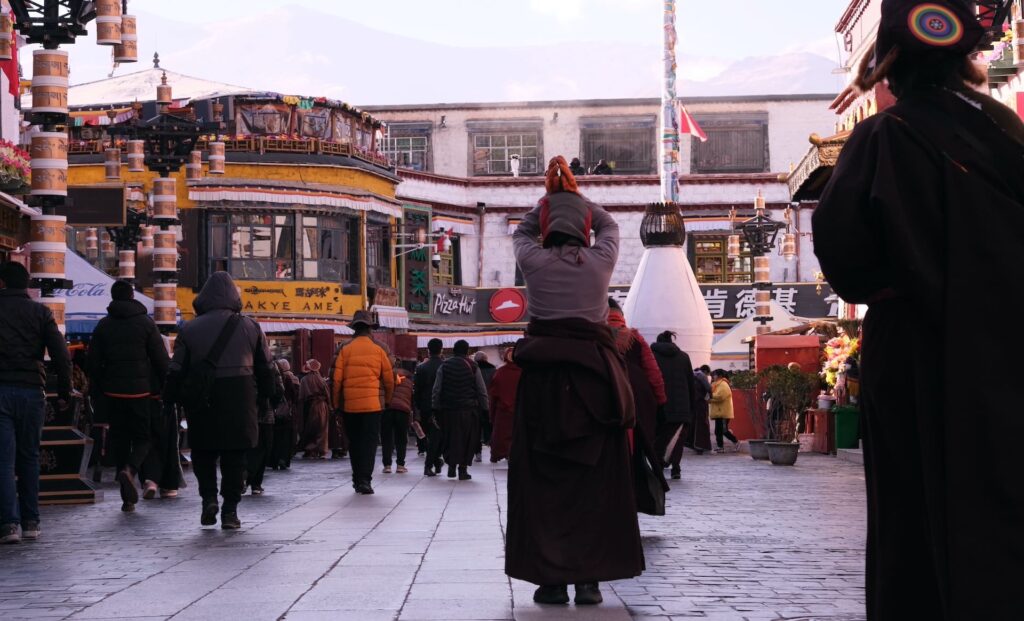

During these festivals, various rituals and traditions are observed. For example, people engage in prayer and meditation, visit monasteries and temples, and offer prayers and offerings to deities and enlightened beings. Many also engage in acts of generosity and perform acts of kindness to benefit others. Traditional dances, such as the Cham dance, are performed by monks wearing ornate costumes to ward off evil spirits and bring blessings to the community.
These festivals hold immense significance in Tibetan spirituality. They serve as a way to honor and connect with the divine, deepen one’s spiritual practice, and foster a sense of unity and harmony within the community. Through rituals, prayers, and acts of devotion, Tibetans seek to cultivate positive qualities such as compassion, wisdom, and inner peace.
Tibetan festivals and rituals are an integral part of Tibetan culture and spirituality. Losar and Saga Dawa are just two examples of the rich and vibrant celebrations that take place throughout the year. These festivals provide an opportunity for Tibetans to come together, express their devotion, and strengthen their connection to their spiritual traditions.
Tibet’s spiritual practices and traditions hold great significance in the region and beyond. These traditions, rooted in Buddhism, have been passed down through generations and are deeply ingrained in the culture of Tibet. They offer a unique perspective on life, emphasizing compassion, mindfulness, and inner peace.
Exploring the spiritual side of Tibet can be a transformative experience. It allows individuals to delve into their own spirituality, connect with their inner selves, and gain a deeper understanding of the world around them. The spiritual practices and teachings of Tibet can provide guidance and support in navigating the challenges and complexities of life.
It is important to embrace the opportunity to learn from Tibet’s spiritual practices and traditions. By immersing ourselves in these teachings, we can cultivate a sense of gratitude, compassion, and interconnectedness. We can develop a greater appreciation for the beauty of the present moment and find solace in times of difficulty.
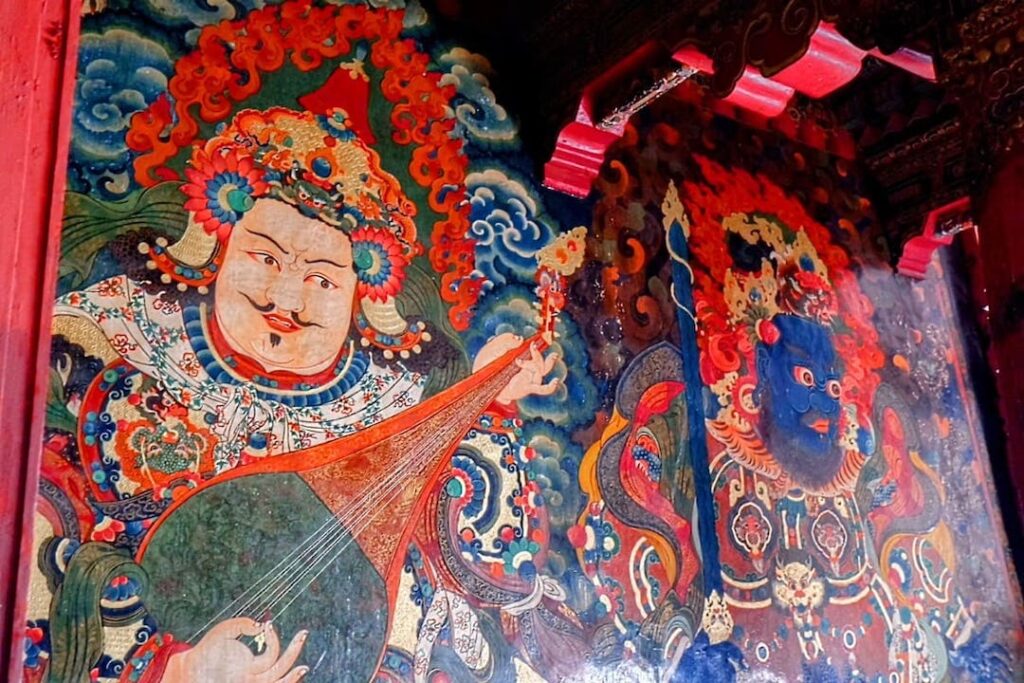

In conclusion, exploring the spiritual side of Tibet can be a profound and life-changing journey. It offers a unique perspective on spirituality and provides tools for personal growth and self-discovery. Embrace the opportunity to learn from Tibet’s spiritual practices and traditions, and allow them to guide you on your own spiritual path.